Air Quality Sensors Buying Guide: 2022
Air quality sensors are embedded or miniature electronic devices used to monitor the quality of air and detect impurities. The amount of toxic gases in the environment is increasing at an alarming rate, which can potentially affect human health. Measuring and monitoring these toxic gases is the first step toward controlling air pollution. Air quality sensors have been widely used as an external devices for embedded IoT and edge applications. These air quality sensors are manufactured as industrial and non-industrial grade sensors to determine various types of toxic gases in the environment, such as carbon monoxide, carbon dioxide, nitrous oxides, and sulfur oxides.
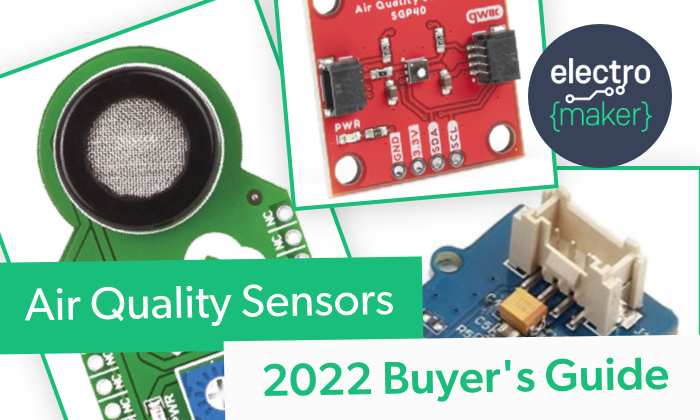
Embedded device manufacturers like Sparkfun, DfRobot, Pimoroni, and Seeed studio have introduced several air quality sensors that can be integrated with commercially available development boards like Arduino and Raspberry Pi. This article will list the top 5 air quality sensors that you would want to integrate into your IoT applications.
Recommended reading: Adafruit STEMMA and STEMMA QT Sensors (2022 Buyer's Guide)
Mikroe Air Quality Click Sensor

Air quality click manufactured by Mikroe is a simple and highly effective sensor to detect air quality in homes and offices. The module comes with an MQ-135 sensor which can be used to detect gases like Ammonia, Benzene, Sulfur, Carbon dioxide, smoke, etc. It comes with a calibrating potentiometer to calibrate its sensitivity. The mikroBUS host socket makes the sensor plug-in easy to integrate with the existing setup.
Mikroe air quality click sensor’s onboard MQ-135 sensor consists of an inorganic compound, tin oxide, whose resistance change with the quality of air; this change in magnitude of resistance is measured by the module to predict air quality. The tested concentration range for the MQ-135 air quality sensor is from 10 to 1000 ppm.
Specifications of Mikroe Air Quality Click
- Onboard module: MQ-135
- Detection of gases: Ammonia, Sulfide, Benzene vapour
- Detection of concentration: 10 to 1000 ppm
- Chip: AT89S52
- Crystal: 11.0592MHz
- Key feature: Potentiometer for calibration
- Interface: Analog
- Compatibility: mikroBUS
- Operating supply voltage: 5V
- Communication protocols used: SPI and I2C
- Dimensions: 42.9x25.4 mm
Recommended reading: MikroBUS is coming to SparkFun
Seeed Studio Grove Air Quality Sensor

Seeed Studio Grove air quality sensor is a high-performance, low-cost sensor that can be used for indoor applications. The module can detect a wide range of gases like Carbon monoxide, Formaldehyde, and other poisonous gases with high accuracy. The module uses a Winsen MP503 sensor, a high-quality sensor working on the principle of change in conductivity of compound, which is measured to determine the air quality. The higher the degree of pollution, the more is the change in its conductivity.
The operating voltage of the module is 3.3V to 5V; hence it can be easily integrated with Arduino, Raspberry Pi, and a wide range of commercially available development boards. The sensor provides a Grove-compatible interface that gives the flexibility of plug-n-play with several boards. It can be interfaced with both digital and analog pins to detect the presence and quality of air.
Specifications of Seeed Studio Grove Air Quality Sensor
- Onboard module: Winsen MP503 gas sensor
- Detection range: 10 to 1000 ppm
- Sensitivity: >=5
- Operating temperature: 20℃±2℃
- Operating voltage: 3.3V to 5V
- Operating Current: 20mA
- Weight: 11 grams
- Dimensions: 40x20x15 mm
Recommended reading: Seeed Studio Grove Modules (2022 Buyer's Guide)
DFRobot Gravity SGP40 Air Quality Sensor

DFRobot Gravity SGP40-based air quality sensor is a complete sensor system on a single chip that can be used to monitor the quality of air in an indoor setup. It is a small and energy-efficient sensor with a response time of less than 2s. The SGP40 sensor manufactured by Sensirion uses its VOC (Volatile Organic Compound) based algorithm to directly evaluate the room air quality without the need for calibration.
Sensirion’s CMOSens technology offers a complete sensor system on a single chip featuring a digital I2C interface, a temperature-controlled micro hotplate, and two preprocessed indoor air quality signals. It is the first metal oxide sensor to have multiple sensing units on a single chip and can provide more detailed air-quality information along with humidity and temperature measurements. The Gravity interface makes the sensor easy to connect and use. The DFRobot Gravity air quality sensor can be used in applications like air purifiers, demand-controlled ventilators, and kitchen hoods.
Specifications of DFRobot Gravity SGP40 air quality sensor
- Onboard module: Sensirion SGP40 digital VOC sensor chip
- Measurement range: 0 to 1000 ppm
- Response time: <10 seconds
- Interfaces: I2C
- Operating voltage: 3.3V to 5V
- Operating current: 2.6mA
- Communication protocol: I2C
- Operating temperature: -10℃ to 50℃
- Interface: Gravity by DFRobot
- Dimensions: 20x22 mm
Recommended reading: DFRobot Gravity Sensors Buying Guide: 2022
SparkFun Air Quality Sensor SGP40 (Qwiic)

Similar to the DFRobot Gravity air quality sensor, the SparkFun air quality sensor is also based on the Sensirion’s SGP40 sensor that uses the in-house CMOSens technology. It uses a metal oxide (MOx) sensor with a temperature-controlled micro hotplate to provide a humidity-compensated volatile organic compound (VOC) based indoor air quality signal. The sensing element, along with the VOC algorithm, provides robustness to the complete system enabling long-life and low drift from device to device in terms of sensitivity.
The SGP40 uses the I2C protocol; hence the SparkFun air quality sensor uses Qwiic connectors to easily integrate the sensor with the Qwiic ecosystem of sensors, actuators, development boards, and shields. The Qwiic connector ecosystem enables faster prototyping and reduces the chances of errors.
Specifications of SparkFun Air Quality Sensor SGP40 (Qwiic)
- Onboard module: Sensirion SGP40 digital VOC sensor chip
- Measurement range: 0 to 1000 ppm
- Response time: <10 seconds
- Interfaces: I2C
- Operating voltage: 1.7V to 3.6V; Qwiic interface provides 3V3
- Current consumption: 2.6mA
- Communication protocol: I2C (Qwiic enabled)
- Interface: Qwiic by SparkFun
Recommended reading: SparkFun Qwiic Sensors Buying Guide: 2022
Pimoroni SGP30 Air Quality Sensor

Pimoroni air quality sensor is an SGP30 sensor-powered device that can be used to measure the VOC (Volatile Organic Compounds) and equivalent CO2. The sensor performs real-time baseline compensation to give accurate readings. The sensor module is compatible with the Breakout Garden developed by Pimoroni to interface modules and sensors with the Raspberry Pi. The manufacturer has also provided a Python library that can be used to read data from the SGP30 breakout.
Specifications of Pimoroni SGP30 Air Quality Sensor
- Onboard module: Sensirion SGP30 TVOC and eCO2 sensor
- Measurement range: 0 to 1000 ppm for TVOC sensing and 400 to 60000 ppm for CO2 sensing
- Sampling frequency: Maximum 40Hz
- Operating voltage: 3.3V to 5V
- Communication protocol: I2C interface
- Compatibility: Arduino, Raspberry Pi, Raspberry Pi Pico
- Interface: Breakout Garden by Pimoroni
Recommended reading: Pimoroni Picade Console Review and Tutorial: A Plug-and-Play Picade
Final thoughts on air quality sensors
There are several manufacturers that have designed air quality integrated circuits and devices that can be integrated onto a sensor board. These sensor boards are then interfaced with development boards to build IoT applications. Different integrated circuits, such as SGP30 and SGP40, to name a few, have different specifications that are targeted toward a specific application. There are more air quality sensors that can be interfaced with Arduino and Raspberry Pi hardware, but these are some of our top 5 suggestions that are readily available for purchase on the Electromaker e-commerce store.
Your turn:
Have you got any experience with air quality sensors? Let us know which one is your favorite in the comments section below!






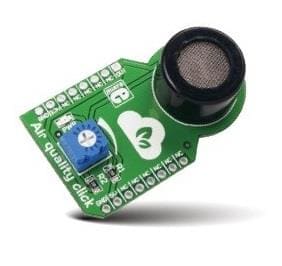
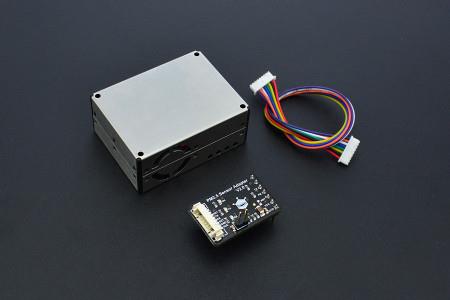
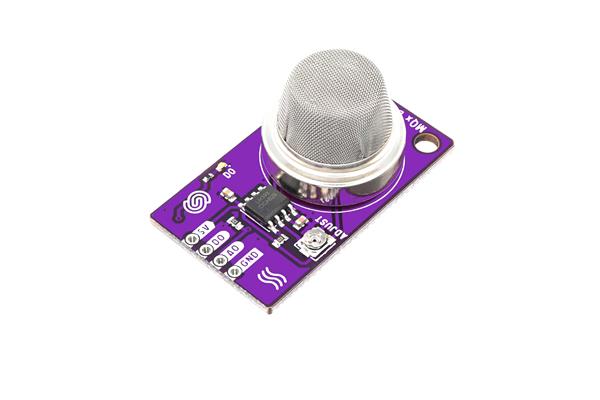
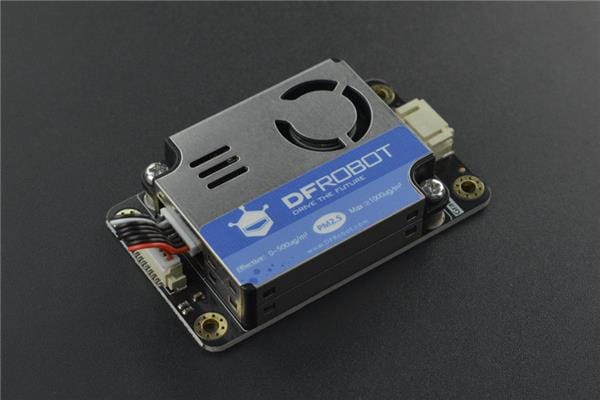
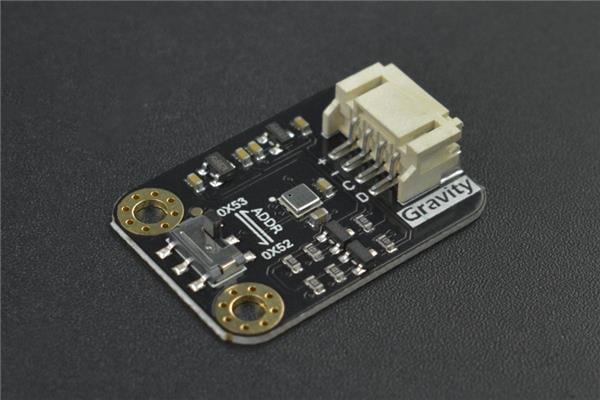
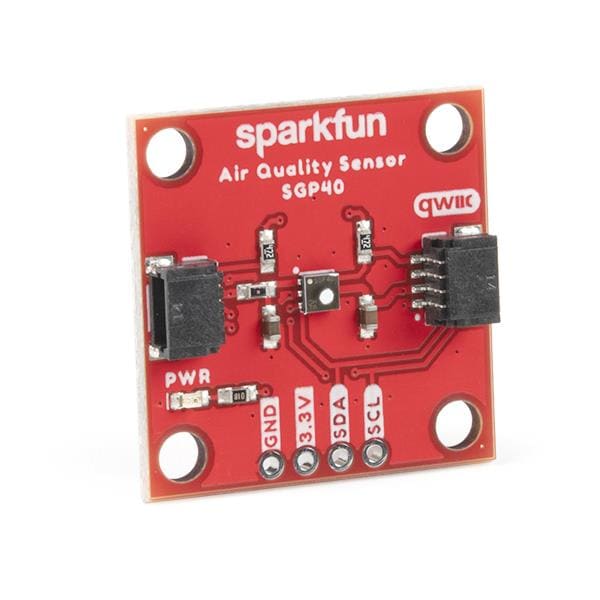
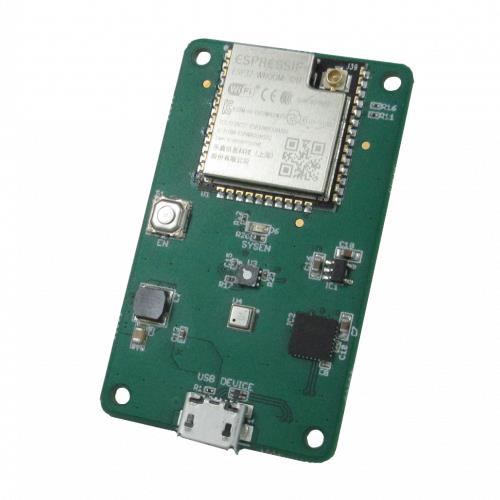
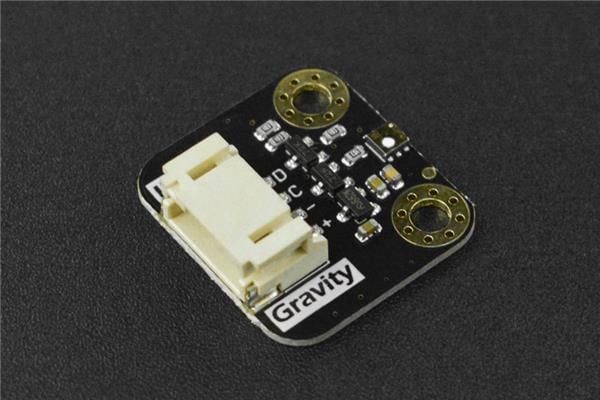
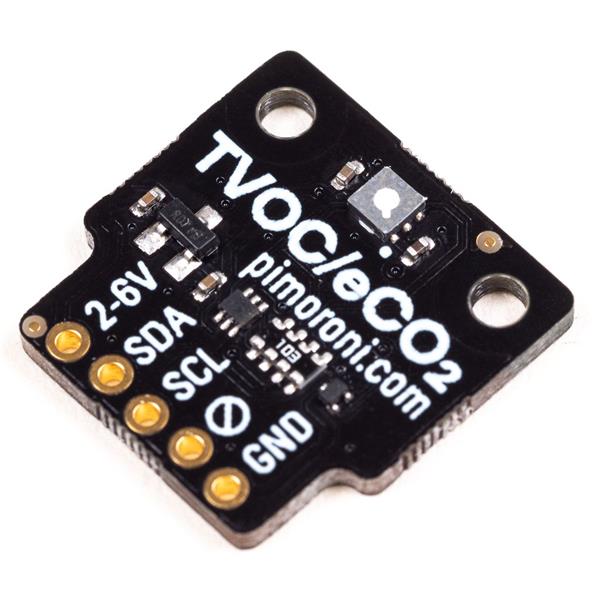
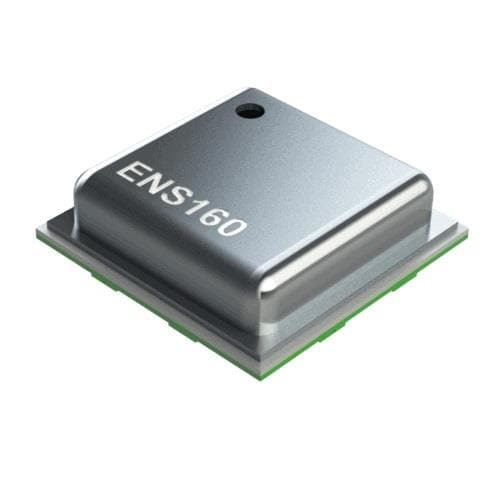
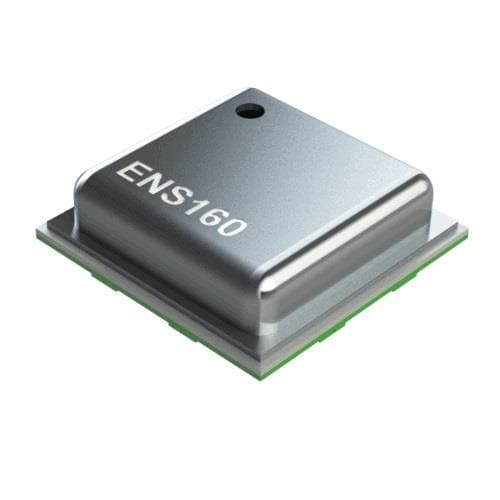
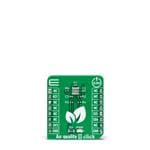
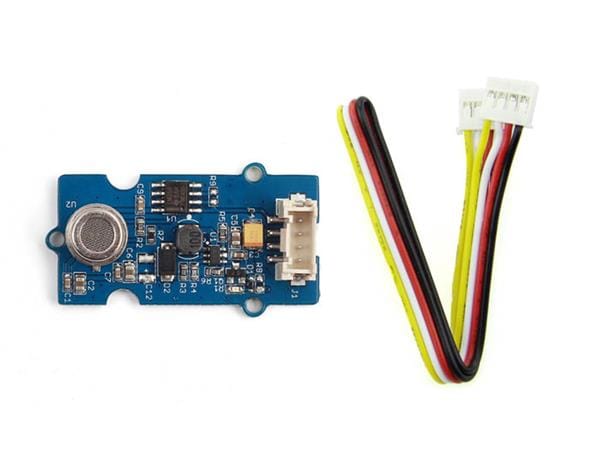
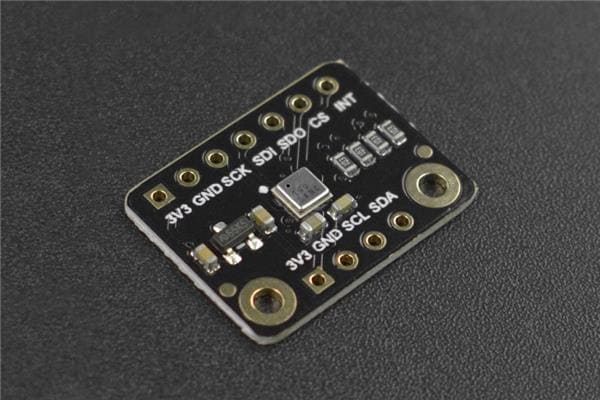
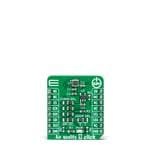
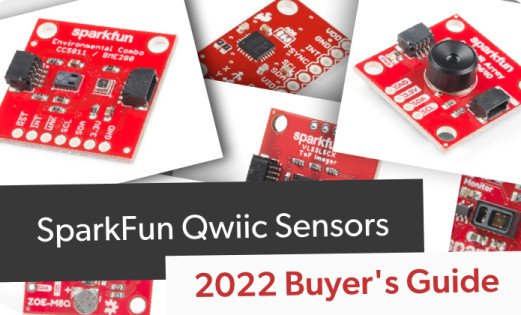
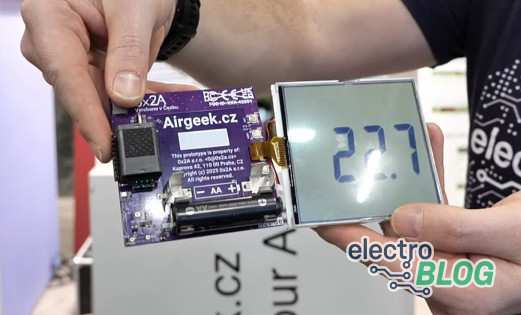
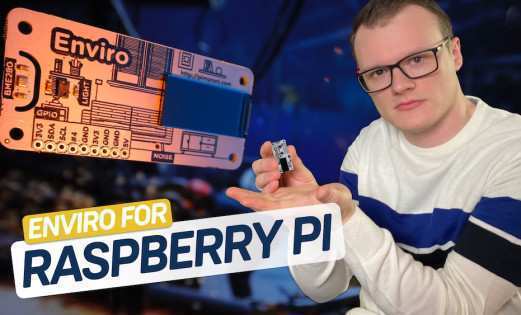
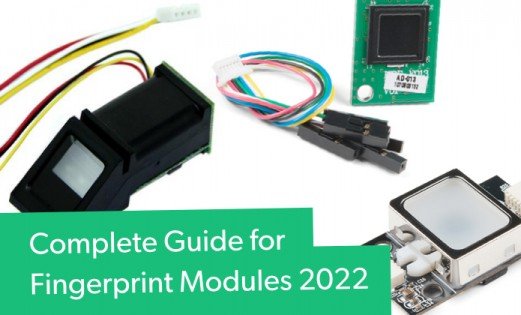
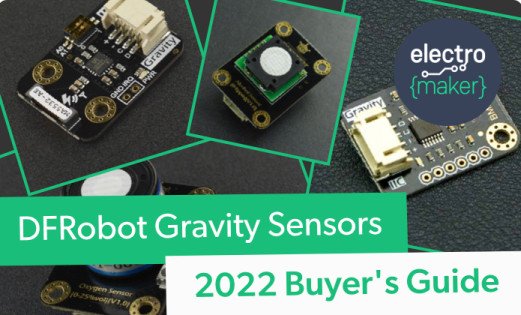
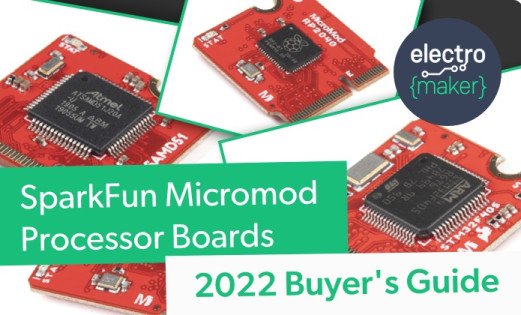
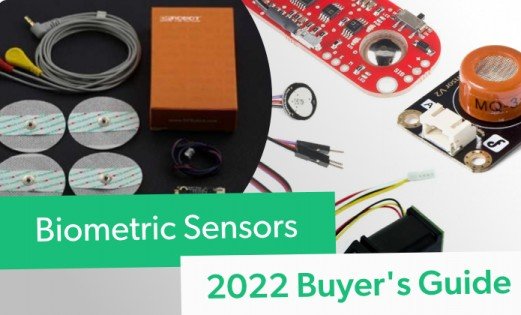
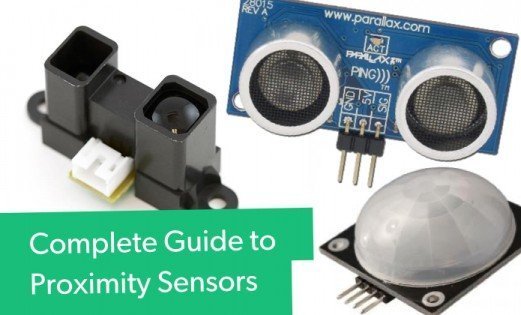
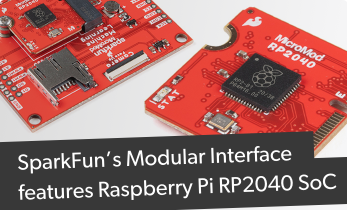
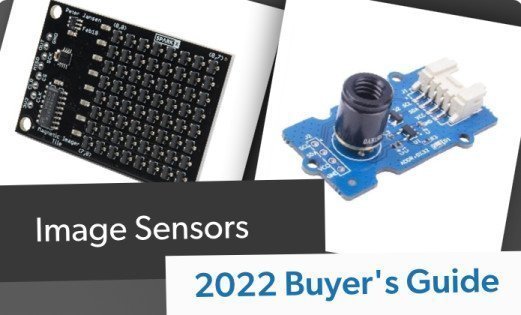
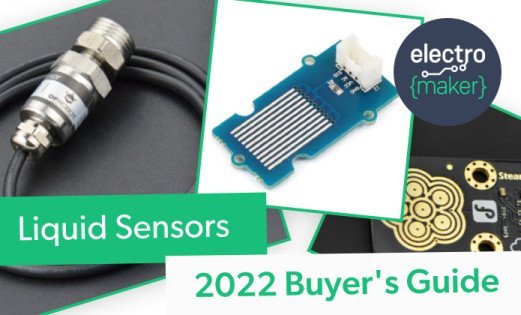
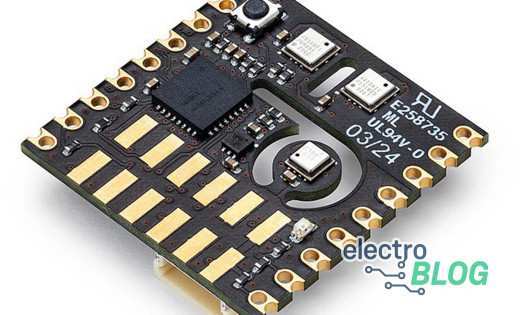

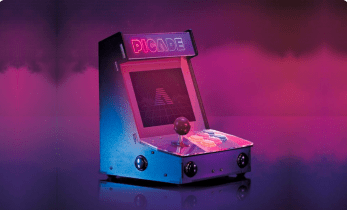

Leave your feedback...